In British Columbia we are not only blessed with an amazing run of salmon in the fall but we are also blessed with an amazing opportunity to catch plumb trout and char behind spawning salmon. These aggressive trout and char are feasting on salmon eggs which are being pushed downstream of the redds. This is a huge food source for these resident fish. As many anglers know, many of our coastal rivers are relatively low in nutrients so these fish have to take advantage of this food source for the winter months and often feed until they are full and bloated with eggs.
Many anglers often hang up their gear in Mid-November, waiting for winter steelhead to start moving into the local waters. However, this means that many anglers miss out on this unique and productive fishery. The guys at the store often catch fish in double digits. This is not only an exciting fishery but it can also be challenging. So here are some basic steps to help you get on your way.
1.) Equipment & Gear
Fly: egg pattern (wool(globugs or bead); your box should have a selection of globugs in different colours/shades, size and weight.
I like to weight my globugs with small to large dumbbell eyes placed at the bend of the hook on the top so the point rides up. This prevents the fly from hanging up on the bottom.
Rod/Reel: single handed rod (weight of choice – I like a 6 weight in case you get into a big bulltrout)
Line/Leader: Standard floating line or a RIO Versitip to switch between floating and sink tip technique. A standard tapered leader works well. The RIO nymphing leaders are excellent.
2.) Location, location, location…
Finding the right location is key. As a rule I look for areas directly downstream of spawning salmon. Then you can work your way downstream looking for troughs, depressions, or a current that will funnel eggs to the fish. Fish are laaaazzzzzy so remember to find those areas that are easy for the fish to pick up the eggs from the current.
3.) Technique
Nymphing style: this involves casting upstream at a 45 degree angle and drifting your flies (without drag) downstream. This imitates the eggs freely flowing in the current. This technique can be used with a strike indicator at the start of your leader or you can do direct line nymphing (czech nymphing). I am finding that I prefer direct line nymphing because you have more contact with your fly and therefore feel those softer takes while having a better chance of setting the hook properly.
Swung Fly Technique: this is the standard BC swung fly technique used to fish larger and deeper pools. I like this technique in high water conditions where fish are less likely to be spooked by your leader. You have a direct line to your fly so you can feel those big grabs from these aggressive fish.
4.) Conditions:
Water conditions will dictate which method you use and to what scale. Generally in high water/dirty conditions you will need to use larger more visible flies with a bit more weight to get the fly down. Rising water conditions, are in my opinion, the best conditions for this fishery because eggs will be washed downstream by the stronger currents putting the fish on the feed. In clear water conditions this is where you are going to have to use smaller flies, flourocarbon leaders and tippet at a thinner diameter, and take a stealthy approach. Think stalking trout in small Montana creeks!
Well, that should get you well on your way. If you have any other questions please do not hesitate to call the guys at the store. As I said earlier all of our staff love fishing this technique and will be pleased to answer any enquiries. Now get out there and make use of the awesome egg fishing we have in mid-November, December, and January.
Also make sure to check out our new Facebook page. The guys at the shop update it everyday with fish caught on guided trips, personal fishing days, and great information we find online. We also do a course specific to this fishery in January. Give the shop a call at 604-872-2204 to book your spot today!
Kind regards,
Dave


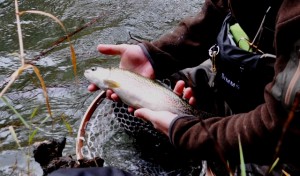
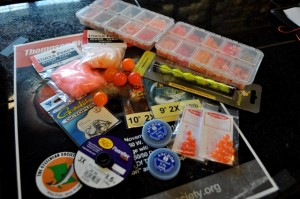
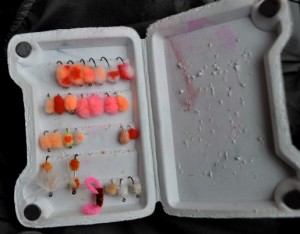
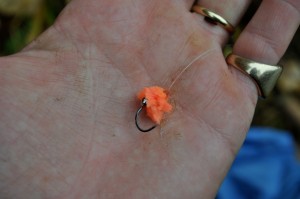
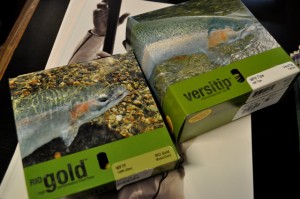
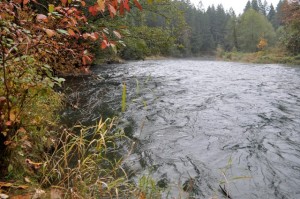
![P1010202[2]](https://www.pacificangler.ca/wp-content/uploads/2011/11/P10102022-300x225.jpg)